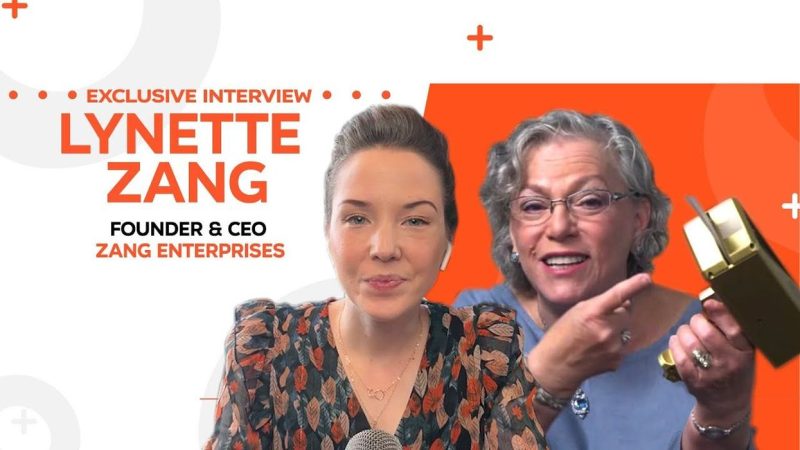Lynette Zang: The Potential of Gold and Silver Prices as Public Turns to Sound Money
In the dynamic world of finance and economics, the concept of sound money has gained traction in recent times as individuals seek alternative investments beyond traditional fiat currencies. Renowned financial analyst Lynette Zang has been a vocal advocate for investing in precious metals such as gold and silver, highlighting their potential in providing value and stability in a volatile market environment.
Zang emphasizes the historical significance of gold and silver as forms of sound money that have stood the test of time. Unlike fiat currencies that are subject to inflation and devaluation, these precious metals have intrinsic value and serve as a store of wealth. In times of economic uncertainty and market turbulence, gold and silver have often emerged as safe havens for investors looking to protect their assets.
The price potential of gold and silver is closely tied to various factors, including macroeconomic indicators, geopolitical events, and market sentiment. As public awareness about the limitations of fiat currencies grows, more individuals are turning to gold and silver as viable options for diversifying their investment portfolios. This shift in mindset has the potential to drive up demand for these precious metals, thereby influencing their prices in the long run.
One of the key advantages of investing in gold and silver is their ability to act as a hedge against inflation and currency devaluation. In times of monetary expansion and economic uncertainty, these metals have historically retained their value and even appreciated in price, offering investors a level of protection against the erosion of purchasing power.
Moreover, the limited supply of gold and silver further enhances their appeal as sound money. Unlike fiat currencies that can be printed at will by central banks, the finite nature of these precious metals ensures their scarcity and value over time. This scarcity factor plays a significant role in determining the price trajectory of gold and silver, making them attractive assets for investors seeking long-term stability and growth.
As global economic challenges persist and the debate over the future of fiat currencies intensifies, the role of gold and silver as sound money is likely to become more prominent. Investors who recognize the potential of these precious metals in preserving wealth and mitigating risks stand to benefit from a diversified investment strategy that includes gold and silver assets.
In conclusion, Lynette Zang’s insights into the potential of gold and silver prices as the public turns to sound money underscore the enduring appeal of these precious metals in today’s uncertain economic landscape. By understanding the historical significance, price dynamics, and intrinsic value of gold and silver, investors can make informed decisions to safeguard their wealth and capitalize on the opportunities presented by sound money assets.
